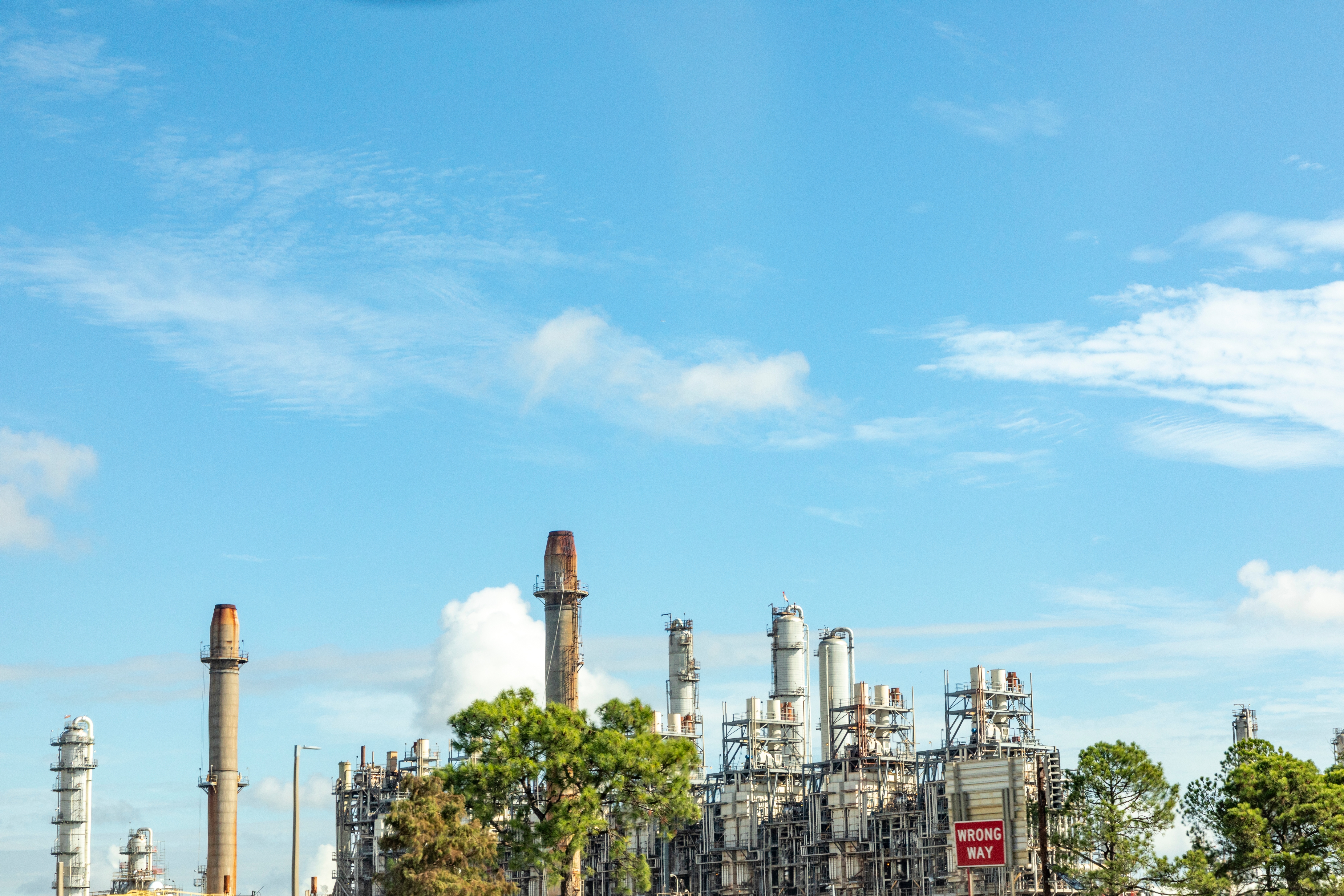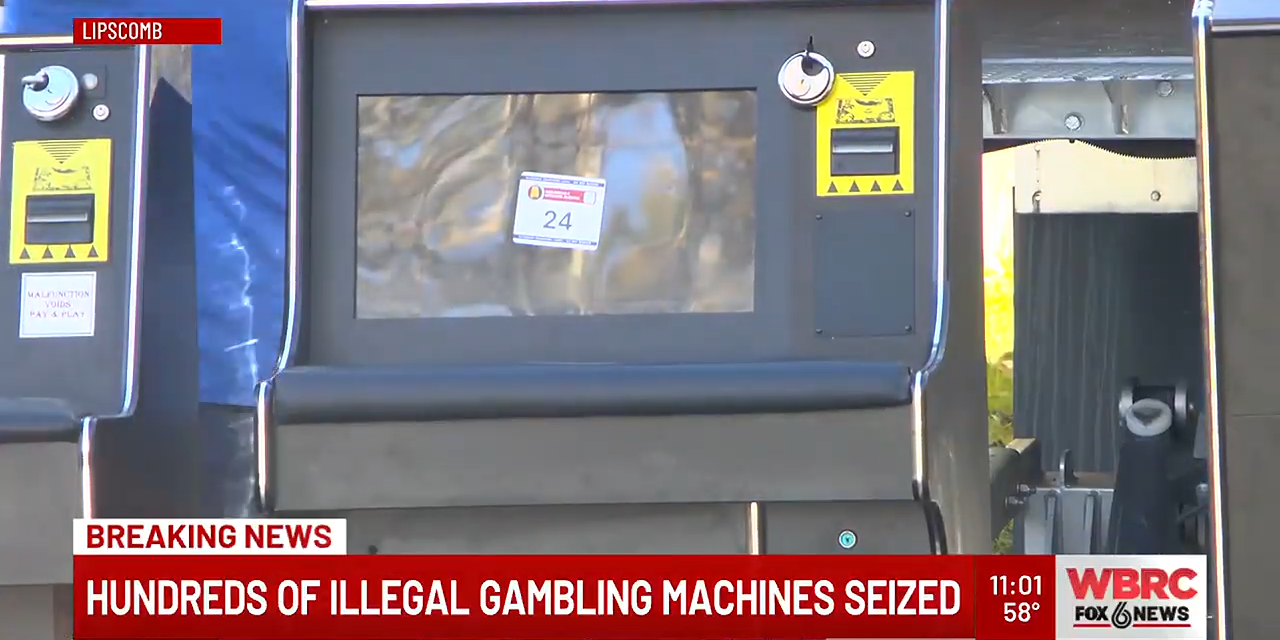Jobs
Louisiana’s petrochemical industry is growing more slowly, producing less jobs, fewer tax dollars and faces growing credit warnings

Louisiana’s petrochemical industry, once a model of economic growth, jobs, taxes and future prospects, is in a state of long-term decline, according to the latest report from the Institute for Energy Economics and Financial Analysis (IEEFA). Its continued overreliance on the industry is unlikely to pull Louisiana out of its lagging economic status. New planning systems, partnerships and sectors of growth need to be tapped to put the state on the right track.
Louisiana’s petrochemical industry once fueled Louisiana’s growth. However, the report, The Declining Significance of the Petrochemical Industry in Louisiana, finds the sector is declining. At the turn of the 21st century, Louisiana had one of the country’s fastest-growing economies, placing sixth among the states for five-year average GDP growth. Today, Louisiana ranks 49th out of 50 states in the same metric.
“Louisiana faces long-term decline in its petrochemical industry”, said Tom Sanzillo, the Institute for Energy Economics and Financial Analysis director of financial analysis. “A slow growth economy, increase in sustainable investments, new geopolitical alignments and shifting population trends all point to declining significance for the petrochemical industry.”
The report notes:
- The oil and gas and petrochemical industry accounted for 33% of the state’s GDP at the turn of the century. Today, the figure has dropped by more than half to 14%.
- Louisiana ranks 49th in population growth and 45th in median household income.
- In the 1960s, the oil and gas industry accounted for 60% of the state’s total revenues. During the late 1990s, it made up 40%. Today, it provides only 4.5% of state revenues.
- The industry has declined in terms of growth, jobs, income and tax revenue. Service-oriented and white-collar employment, rather than the oil and gas and petrochemical industry, are now the leading drivers of the state’s GDP.
- Development of petrochemical facilities in Louisiana is heavily concentrated in African-American communities. In particular, along the “River Parish corridor” that runs between Baton Rouge and New Orleans, residents have higher incidences of cancer and asthma, and their communities are often collectively dubbed “Cancer Alley.”
These warning signs are being ignored by state officials. IEEFA’s research focuses on 24 companies with new or expanding projects. The 24 companies’ investments collectively amount to $82 billion and have benefited from a total of $6.8 billion in tax exemptions. Despite the market signals and credit warnings, most of the industry is moving forward with highly risky projects.
IEEFA’s analysis finds most of these projects are misaligned with markets and risk wasting substantial amounts of taxpayer dollars. The report offers a detailed account of current market trends, as well as an outlook for these bellwether commodities.
Standard and Poor’s has warned that the controversial Formosa project slated for St. James is highly risky and that it illustrates the kind of petrochemical project that would be better off canceled in favor of other investments. The S&P warning extends to the entire petrochemical industry globally.
A recent report on the state’s credit rating by Moody’s made clear that the No. 1 credit need that would increase Louisiana’s rating is an economic development direction that would bolster GDP growth.
IEEFA’s report identifies nine petrochemical projects concentrated largely in the Louisiana and Texas region that have been cancelled, delayed or missed their financial goals upon opening.
“Though the warnings concerning the declining significance of the petrochemical industry are clear, so too are the opportunities,” Sanzillo said. “Future prosperity is based on a broadly diversified economy with less fossil fuels and petrochemicals and heavier reliance on sustainable investments. The state’s economic development priorities and tax subsidies are out of date.”










